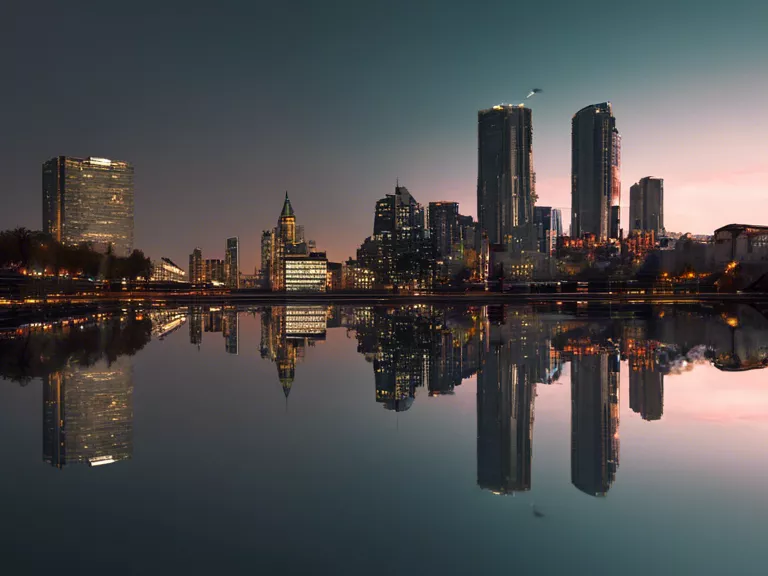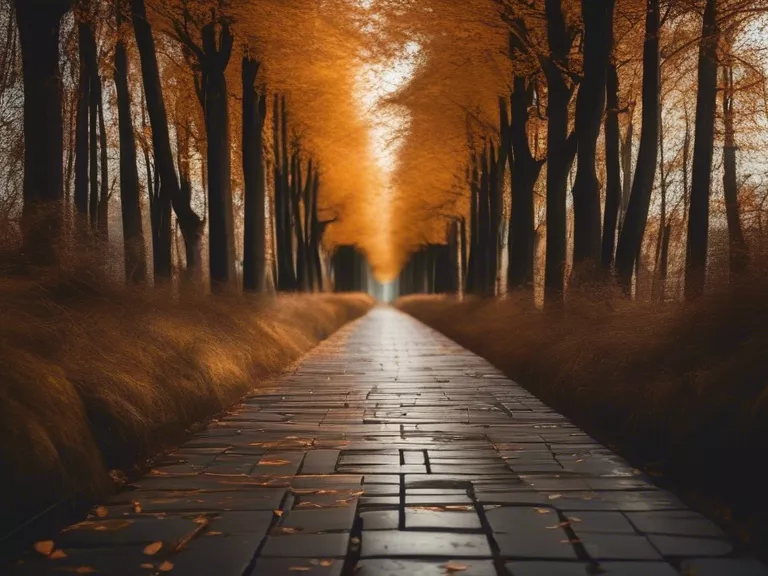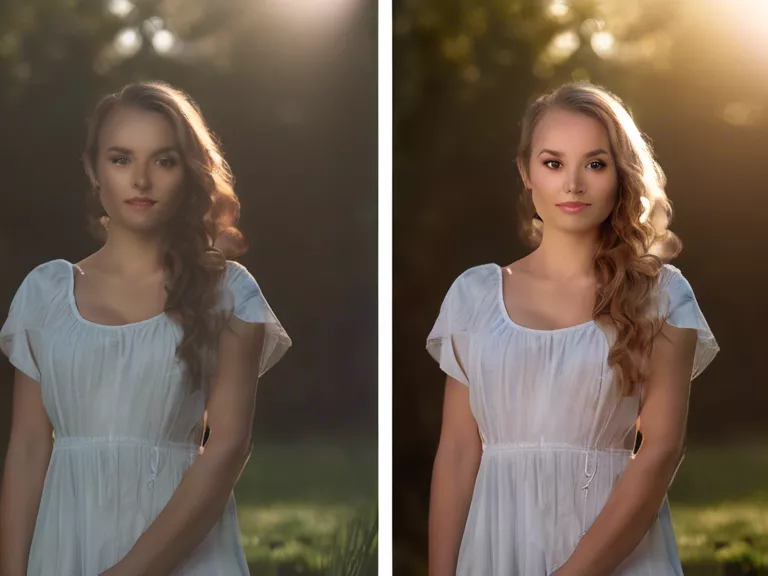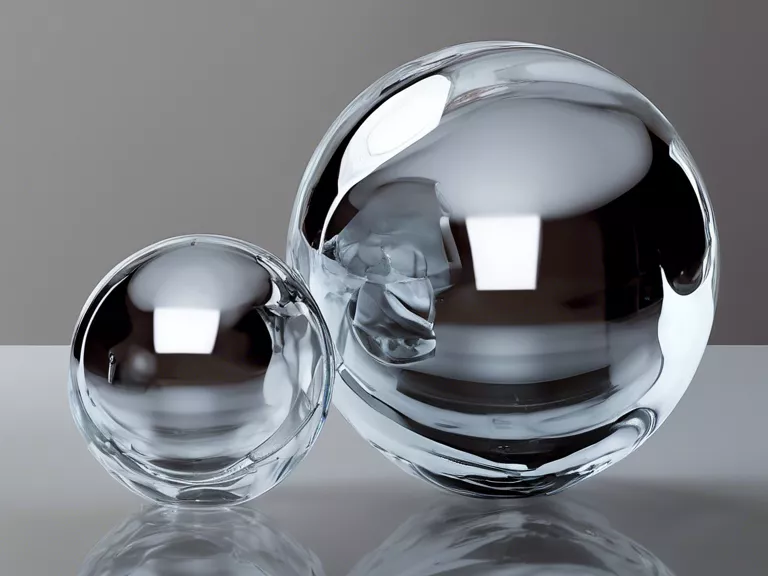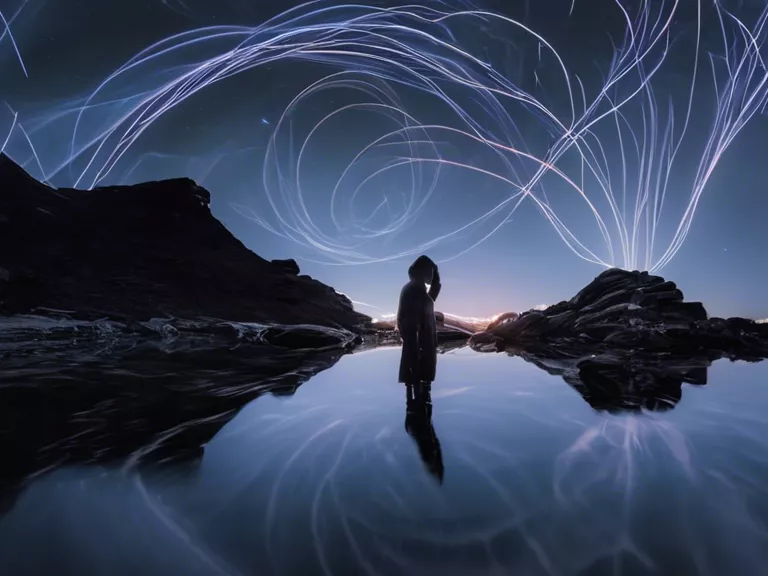
Long-exposure photography is a technique that allows photographers to capture unique light and motion effects in their images. By extending the exposure time of the camera, you can create stunning photos that showcase flowing water, light trails, and other dynamic elements. Mastering long-exposure photography takes practice and patience, but the results can be well worth the effort. In this article, we will discuss some tips and techniques for mastering long-exposure photography and creating stunning visual effects.
One of the key elements of long-exposure photography is understanding how to adjust the shutter speed of your camera. A longer exposure time will allow more light to enter the camera, creating brighter and more dynamic images. Experiment with different shutter speeds to see how they affect the final result. You may need to use a tripod to keep your camera steady during long exposures, as even the slightest movement can result in a blurry image.
Another important factor to consider in long-exposure photography is the use of neutral density filters. These filters reduce the amount of light entering the camera, allowing you to use longer shutter speeds without overexposing your image. Neutral density filters are essential for capturing long exposures in bright lighting conditions, such as during the day or in well-lit environments.
When composing your long-exposure shots, look for interesting subjects that will create visual interest in your images. Experiment with different light sources, such as car headlights, street lamps, or fireworks, to create unique and captivating effects. Consider using a remote shutter release or the camera's timer function to minimize camera shake and ensure sharp images.
Post-processing is another important aspect of long-exposure photography. Use editing software to enhance the colors and contrast in your images, and to remove any unwanted elements. Experiment with different editing techniques to create a polished and professional look in your long-exposure photos.
By following these tips and techniques, you can master long-exposure photography and create stunning images that showcase unique light and motion effects. With practice and experimentation, you can develop your own style and create visually striking photos that will wow your viewers.
